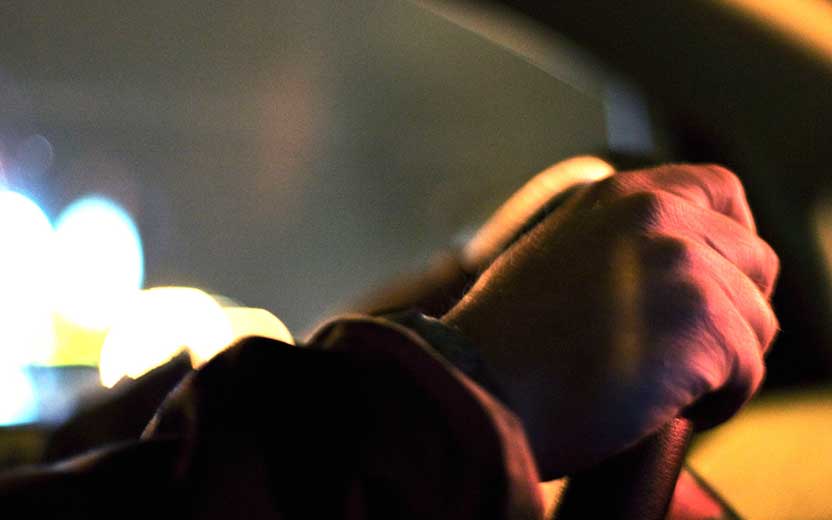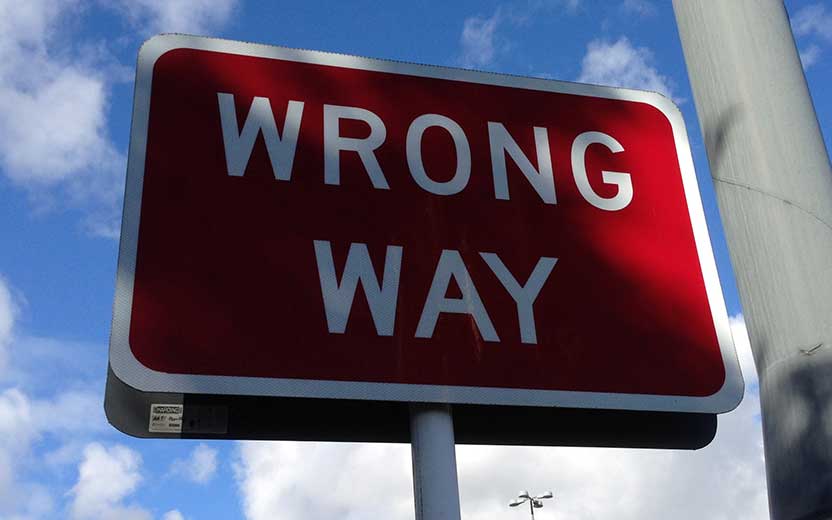By KFB Law
Most people would agree that technology improves our lives. From high-tech cooking devices to computers and smartphones, new technology can enhance daily experiences, save time, and provide entertainment.
Hidden behind the advantages of high-tech devices is the potential danger involved in operating them. Cell phones, for example, have become notorious for causing automobile crashes due to driver inattention, and many states have instituted hands-free driving laws in response.
The widespread use of cell phones is the most dangerous distraction on the road. Self-driving cars can lull a driver into believing they do not need to pay attention to their tasks. Drones can pose significant hazards to persons and property. Certain toys and vehicles like rechargeable hoverboards are still causing house fires and damage, even several years after first being introduced.
On the other hand, smartphone cameras have made it possible for accident victims to take photos and videos that could be invaluable in proving a negligence claim against another party. Today, those photos, along with statements you post on social media, may become evidence the defense can use against you. Technology can play a central role in your personal injury case. That’s why it’s important to avoid using it in a way that hurts compensation claims.
Proving Facts in a Florida Personal Injury Case
The saying goes that there are two sides to every story. Nowhere is this more evident than in a motor vehicle collision, slip-and-fall accident, or other personal injuries. Attorneys for both parties, the injured plaintiff and the defendant accused of being at fault, rely on evidence to prove their case. It can convince a judge or a jury that their client’s version of the story is what actually occurred.
State law recognizes that gathering evidence is central in determining fact from fiction in civil lawsuits. Liberal discovery rules allow each party to discover and use evidence to prove their case. In today’s modern society, that includes evidence derived through technology.
Wearable Technology
The smartwatch you wear may play a key role in the success or failure of your personal injury lawsuit. Wearable devices, including smartwatches and fitness trackers, enable wearers to monitor and maintain a wealth of data about themselves, including:
- Physical location
- Heart rate
- Rate of respiration
- Speed of movement
Wearables have increased in popularity, with 56.7 million adults estimated to be using them. Their widespread use raises serious implications in personal injury cases. Data collected through these applications can be used in personal injury cases by both the injured party and the defense. Instead of relying only on client testimony, lawyers may support their claim with data collected and stored from wearable devices.
Of course, data collected through a wearable may prove equally as helpful to the defense. For instance, an attorney may use data from a wearable to refute a claim that an injury has caused limited physical activity. For example, GPS-enabled wearables can show the speed at which a person moves. So a person claiming that they can no longer run like these used to could be undone by data showing them moving at a fast pace. Additionally, a corresponding increase in respiration and heart rate could further support the claim.
An Explosion in Smartphone Ownership
Smartphone ownership has more than doubled in just eight years, according to a survey by Pew Research Center. The first survey conducted in 2011 showed that only 35% of Americans had upgraded from a cellphone to smartphone technology. A recent follow-up survey shows that 81% now have a smartphone.
Your smartphone can be an invaluable tool for collecting evidence when you suffer an injury because of someone’s negligence. The digital camera feature of your phone allows you to preserve the scene with photographs and videos. You no longer have to rely on your memory to recall vehicle positions at the car accident scene. You can also provide photographic evidence to illustrate what substance caused your slip and fall at the local supermarket.
Your phone’s GPS feature can also help support your claim. Your accident injury might make it difficult for you to recall the exact location where the incident occurred. The GPS feature on your phone pinpoints the precise location of the accident without requiring you to remember street names or intersecting roads. It can also show distances traveled and the route you took from your original destination. In doing so, GPS helps recreate the path to the location of the accident.
Dangers of High-Tech Devices
There is no doubt that technology has changed the way we live and impacts our daily lives. But, it’s essential to understand that technology can become a detriment if you do not use it wisely and with discretion.
Texting Is a Problem in More Ways than One
The use of cell phones while driving is a serious problem on our roads. Every day in the United States, 9 people are killed and upward of 1,000 people injured in crashes involving distracted driving.
When a driver looks down to send or read a text, that takes their eyes off the road for a precious 5 seconds. At 55 miles per hour, that means they have traveled the length of a football field. The National Safety Council believes that crashes caused by driver inattention are under-reported. They estimate that as many as 27 percent of all vehicle crashes could involve distracted driving.
In Florida, texting while driving is a now primary offense. We still see, however, dangerous habits where smartphones divert drivers’ attention from the road. When a negligent or distracted driver is believed to have caused the accident, smartphone data prove or refute the claim. Cellphone data can show whether a person is talking or texting on the device. Your attorney can request these records from the cellular service provider.
You should be cautious about the information you choose to text, as it could hurt your injury claim. The text messages you send to friends or family can be subject to a defense subpoena. A text about how the accident happened or the extent of your injuries that conflicts with other statements could become evidence for the defense.
Cell phones can also cause distractions when a person is walking. Keeping their heads down and paying attention to texting or checking email, a person may unwittingly walk into obstacles, trip over hazards, or step into oncoming traffic, putting themselves at risk of injury or worse.
What You Post on Social Media May Hurt You
The vast majority, 69%, of American adults post on Facebook. Instagram users account for 37% of adults, with other social media platforms, such as LinkedIn, Twitter, and WhatsApp, holding smaller shares of the social-media pie.
The messages, photos, and videos you share on social media may become evidence in a personal injury case. For example, it’s not uncommon for users to post pictures engaging in strenuous physical activities while on vacation. But, those photos could become evidence if the person posting them claimed disability or limited activities due to an accident. The same holds true about posts containing details of a crash or the progress of a person’s recovery from the injuries suffered in it.
Dangerous Toys
Another high-tech product that causes significant numbers of personal injuries is the toy hoverboard. The hoverboard is a good representative of the dangers posed by improper use of technological gadgets. While hoverboards were in the news a number of years ago, they are still in use today and still causing injuries.
Children are the most frequently injured by hoverboards, but these products can also overheat while they are charging, causing fires and burns. These products cause injuries from falls and entanglement.
A 2018 study published in the journal Pediatrics found that about 26,000 youths received emergency room treatment for injuries related to hoverboards. This data is drawn from the two-year period of 2015 and 2016 when the toys were at their peak of popularity.
Fires caused by hoverboards are rarer than falls, but they can cause devastation to a home and a family. In March 2017, a tragic house fire caused by a hoverboard killed two children aged 3 and 10.
Hoverboards
While the dangers posed by hoverboards were well-known in the United States several years ago, many people do not realize that these questionable “toys” are still on the market and actively used today. These toys can cause serious bodily injury from falls and entanglement. They can also cause fire damage and burns, particularly when the units are charging.
According to the American Academy of Pediatrics, 40 percent of children injured by a hoverboard suffer from fractures, with another 17 percent experiencing bruises. 13 percent of children presented with strains or sprains. It is worth noting that other wheeled toys like bicycles and skateboards show similar and sometimes higher rates of injury.
The primary danger of a hoverboard is the risk of fire. Newer hoverboards that comply with the UL 2272 safety standards are less likely to catch fire while they are charging. Parents should be careful to stop using older hoverboards, including buying used models.
According to the Consumer Products Safety Commission, hoverboards have caused 250 incidents related to overheating or fires since 2015. A tragic fire caused by a hoverboard in March 2017 claimed the lives of a 2-year-old and a 10-year-old. Hoverboards have caused a cumulative $4 million in property damages.
Caution is Required
Whenever high-tech products are being used, people must pay attention to their surroundings. They must also make sure that toys like hoverboards are charged and maintained properly, with children taught to operate them safely.
Personal injury law can cover all of these situations. Turning to a Tampa personal injury attorney can help you resolve situations that have caused you and your family pain and suffering.
Proving Liability
The basics of personal injury law dictate whether an injured person has the right to pursue a claim against an individual or company. Lawsuits involving self-driving cars have generally named the car manufacturer as the responsible party. It’s important to note, however, that there may also be negligence on the part of the driver. Drone and hoverboard injury cases can hold the device owner or the owner of the home where the device is used responsible for compensation.
All liability claims rest on creating a standard of fault. Insurance companies are motivated to deny claims whenever possible. Texting and driving, in particular, is a charge that can cause your liability to increase. In some cases, the insurance company can go after a person’s texting and telephone records as well as their social media pages. They may be able to find information that could point to an admission of fault for the accident.
If you have been in an accident, make sure to work with an experienced Tampa personal injury attorney who understands the intricacies of available evidence. Make sure to ask your lawyer about posting to social media, using wearables or your smartphone following an accident


